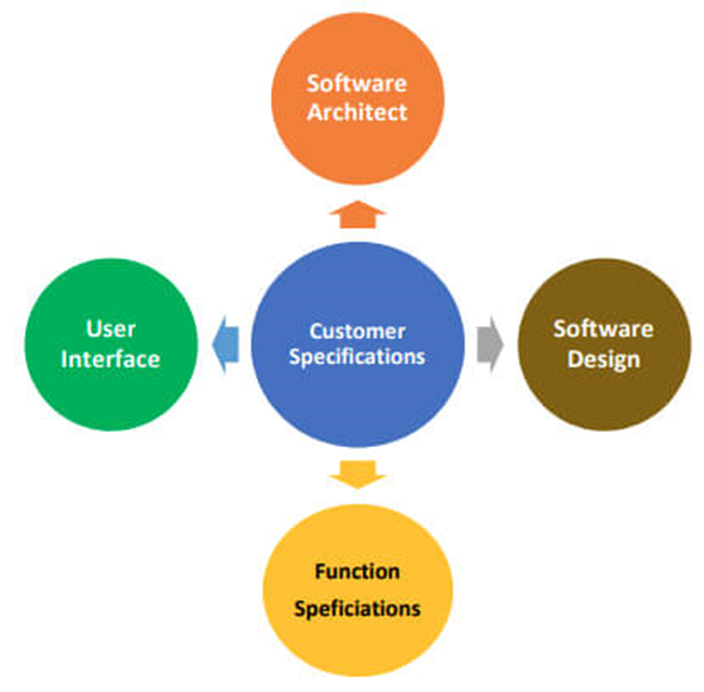Difference between regression, smoke, and sanity tests
Reference: https://medium.com/@Jia_Le_Yeoh/difference-between-regression-sanity-and-smoke-testing-ed2129bf049
Regression Testing:
Regression
testing is a procedure that checks whether an application performs as intended
after any improvements, updates, or code changes. It is a superset of smoke and
sanity testing. It is in charge of the general stability of the build’s
existing features. When a change is made, a regression test is run to see if it
will hold up over time as the system improves.
After
executing sanity tests on any modified functionality, regression testing is
performed, leading to Quality Assurance and related functionalities. Only the
QA team is in charge of this. Regression testing is the last step in the
testing process, and it examines the overall behavior of the product. If you’re
doing regression testing, make sure the code you’re testing is in a
configuration management tool and that it can be modified while the test is
running.
Sanity
Testing:
Sanity
testing determines whether new module additions to the usual software created.
The existing software are stable sufficient in order to move on the next phase
of testing. This is also known as Surface Level Testing, and it is required to
quickly assess the quality of software regressions. Sanity tests clarify if
end-to-end testing of the build can be carried out effortlessly in the case of
minor code changes.
Sanity
tests also ensure that any changes made do not affect the software build’s
other functionality. Sanity testing is a type of regression testing used in
quality assurance. It’s a stage after the smoke test has been completed.
Reference: https://medium.com/@Jia_Le_Yeoh/difference-between-regression-sanity-and-smoke-testing-ed2129bf049
Smoke
Testing:
Early
in the software development life cycle, smoke testing is performed (SDLC). It
guarantees that the program’s key functions work together smoothly. Prior to
doing functional tests and smoke testing is performed.
Smoke
testing is known as the build verification test, search for problems in
specific portions of the software rather than the entire application. Because
of its simplicity and reduced time commitment, it is used by both testers and
developers. It’s a part of the thorough testing process, and it employs test
cases to ensure that all critical aspects of the build are in working order.
Reference: https://medium.com/@Jia_Le_Yeoh/difference-between-regression-sanity-and-smoke-testing-ed2129bf049



Comments
Post a Comment